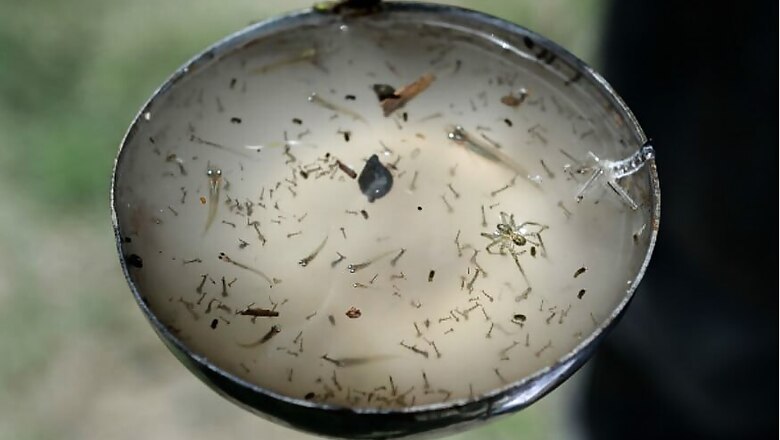
views
New Delhi: The sudden spike in chikungunya cases in several parts of north India, including Delhi, is fast becoming government's biggest nightmare as the authorities remain clueless about the exact number of cases.
While the municipal bodies claim that just 20 cases have been reported, the All India Institute of Medical Sciences told CNN-News18 that out of 712 samples, 391 were tested positive between January and August. This includes cases from the neighbouring states as well.
Dengue numbers, on the other hand, are lesser at 311, according to the MCD.
The disease is caused by the same aedes aegypti mosquito which causes dengue. However, chikungunya is not considered to be life-threatening. Typical symptoms include high-grade fever, severe joint pain, muscle pain and headache, joint swelling, or rashes, but it is not as dangerous as dengue in which there is a risk of bleeding due to abrupt fall in platelet count.
Health experts have attributed the rise to a possible "evolution" in the virus that carries this disease and change in weather factors like humidity.
Here are the 6 things you can do to protect yourself from Chikungunya.
1) Prevent mosquito breeding by removing objects where mosquitoes lay eggs such as broken bottles, old tyres and flowerpots
2) Change the water in your coolers at least twice a week.
3) Use mosquito nets, and apply mosquito repellents to your clothing, shoes and nets.
4) Empty standing water from buckets, flowerpots and other containers regularly.
5) Wear light coloured full-sleeve shirts and pants as mosquitoes get attracted towards dark clothes.
6) See a doctor if high-grade fever persists for more than 24 hours.


















Comments
0 comment